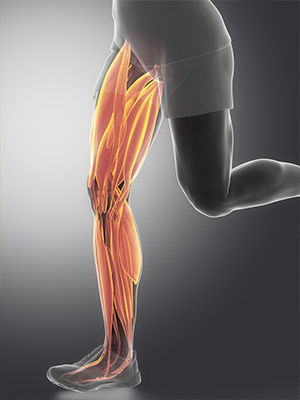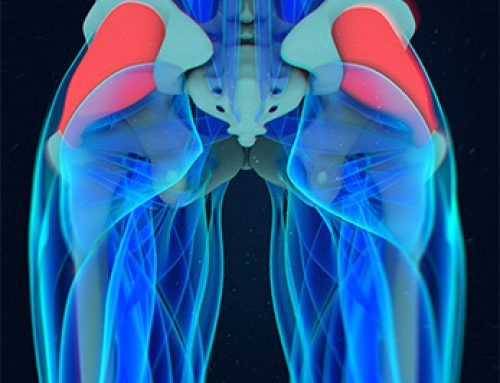 Sarcopenia is the loss of skeletal muscle mass and strength as a result of ageing. Other factors do contribute to the loss of muscle mass.
Sarcopenia is the loss of skeletal muscle mass and strength as a result of ageing. Other factors do contribute to the loss of muscle mass.
They include:
- Living a sedentary lifestyle: Getting little or no physical activity on a regular basis puts people at an increased risk of developing sarcopenia as they age
- Reduction in nerve cells responsible for sending signals from the brain to the muscles to start movement
- Lower concentrations of some hormones, including growth hormone, testosterone, and insulin-like growth factor
- A decrease in the ability to turn protein into energy
- Not getting enough calories or protein each day to sustain muscle mass
Muscle mass starts to decline around the age of 40. Although the exact rate of decline varies, a person may lose 3 to 8 percent of muscle mass per decade.
“The muscle-wasting condition ‘sarcopenia’ is now a recognised disease. But we can all protect ourselves”: read more here
Did you know: Skeletal muscles are the largest organ in our body. We are familiar with muscles being essential for physical movement, posture and breathing, but they are also vital for metabolic functions such as regulating blood glucose levels, glucose uptake and storage and are also a reservoir of amino acids stored as protein. Essential functions for managing conditions such as, but not limited to, diabetes and auto immune disorders.
Loss of muscle mass and strength affects balance, gait and overall ability to perform tasks of daily living. The loss of ability to maintain our independence due to increased frailty can trigger a number of emotions like anger, fear, guilt, and depression. “Depression complicates chronic conditions such as heart disease, diabetes, and stroke” quoted from the CDC.
“One in three adults aged 50 and over dies within 12 months of suffering a hip fracture”. One of those adults will be admitted to aged care and the third person will resume their usual life. Sobering statistics for those of us who have spent our working lives planning for those hobbies, holidays and leisure.
Muscle loss is associated with delayed recovery from illness, slowed wound healing, reduced resting metabolic rate, physical disability, poorer quality of life, and higher health care costs.
That’s enough of the bad news.
Skeletal muscle has a remarkable ability to adapt and regenerate in response to loading. To date, the most effective treatment we have is resistance (strength) training, even in older nursing home and hospitalised patients and the very old. Gains of between 30%-150% in muscle strength have been recorded in as few as 12 weeks of prescribed resistance training. Our bodies do love to be well and will respond positively with a bit of TLC.
“Accredited exercise physiologists are best positioned to prescribe and deliver evidence-based exercise programs for older people and those with chronic diseases including sarcopenia.” quoted from The Conversation.com article referred to earlier. Most private health funds will offer Exercise Physiology rebates and the Medicare funded chronic disease management plan is available through your GP. The chronic disease management plan offers 5 Medicare rebated visits to an allied health practitioner, such as an Exercise Physiologist, per calendar year.
Our Exercise Physiology team runs a range of programs to assist people manage aging. Our Falls Prevention and Independent Living program and our Strength and Conditioning program both offer affordable, safe and accessible options to gaining access to the type of exercise required to manage and maintain your health.



